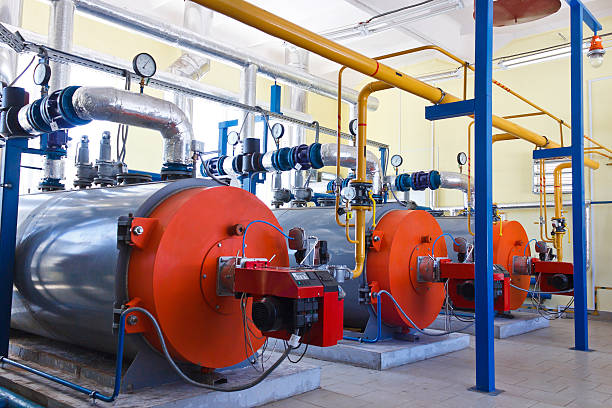What Is Boiler System Design?
In order to provide heat and hot water, boiler systems are utilized in a range of contexts, including residential, commercial, and industrial ones. Depending on the exact use and fuel supply, a boiler system's design might change.
The first stage in constructing a boiler system is to ascertain the heating load, or the volume of heat that must be produced to satisfy the needs of the area being heated. This may be computed in a number of ways, either manually or with the use of software. The next stage is to choose the right kind and size of boiler once the heating load has been assessed.
There are various different kinds of boilers, including electric, water, and fire-tube boilers. The oldest and most popular form of boilers are fire-tube boilers, commonly referred to as shell boilers. They are made of a steel shell with an internal fire tube through which hot gases produced during fuel combustion move. On the other hand, hot gases from combustion travel around the outside of the tubes in water-tube boilers, which have water circulating through them inside. Electric boilers heat water or steam using electricity, as the name implies.
In the design phase, the size of the boiler is another crucial factor. The boiler has to be big enough to handle the required heating load, but not so big that it becomes ineffective. A boiler that is appropriately sized will operate more efficiently and be able to heat the area more effectively.
The fuel supply is a crucial component in boiler system design. The most popular fuels for boilers are electricity, natural gas, propane, and oil. The choice of fuel source will depend on the particular application, as well as the fuel's availability and price, and each fuel source has its own set of benefits and drawbacks.
The next phase is to design the distribution system, which is in charge of getting the heat from the boiler to the different parts of the room being heated, once the kind, size, and fuel source have been decided upon. Typically, this calls for the usage of ducts, radiators, and other heat exchangers. The distribution system should be built to supply heat evenly across the area and to guarantee that it is supplied at the right pressure and temperature.
When constructing a boiler system, safety is also a crucial factor. The system must be built and installed in compliance with all applicable safety standards and guidelines since boilers may be harmful if not installed or maintained correctly. To prevent the boiler from overheating or building up too much pressure, this may need installing suitable ventilation systems as well as suitable temperature and pressure controls.
In conclusion, the design of a boiler system is an intricate process that takes into account a number of crucial factors, such as the heating load, the kind and size of the boiler, the fuel supply, and the distribution system. The system must be built and implemented in conformity with all applicable safety standards and norms since safety is a big consideration as well.

